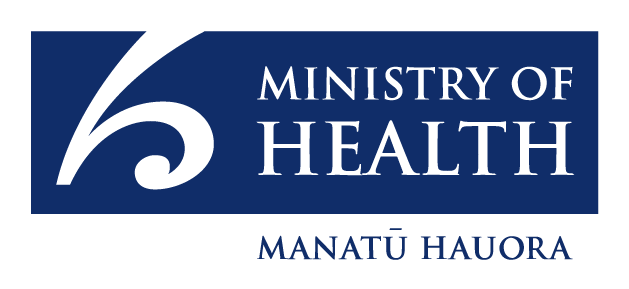Source:
Future cardiologists hope their work will have a positive impact on heart health in their clinical cardiology practise and research field. Three talented University of Otago students have received funding from the A H Couch Trust Heart Foundation Scholarship, which is designed to support promising health professionals. The three students are studying towards the intercalated Bachelor of Medicine and Bachelor of Surgery (MBChB) and Doctor of Philosophy (PhD) programme, which combines a PhD with a medical degree. Heart Foundation Medical Director Dr Gerry Devlin says that all three of 2023’s successful applicants are enrolled in the same degree is an “infrequent occurrence”. “This reflects the exceptional calibre of the individuals and their potential as future research and heart health leaders in New Zealand,” Dr Devlin says. “In addition, we believe the research work all three investigators are undertaking will help extend our current knowledge and potentially have implications for the development of future treatments.” University of Otago PhD candidate and third-year medical student Thomas Pirker (Kāi Tahu, Te Ātiawa) will be researching the biological activity of a novel inflammatory protein called suPAR (soluble urokinase plasminogen activator receptor) at the Christchurch Heart Institute. High suPAR levels in heart disease patients are often associated with poorer outcomes, and there is limited knowledge to date on whether suPAR has any biological activity on the heart. Pirker will research suPAR’s biological actions on the heart wall (myocardium) by studying cellular pathways activated by suPAR and its role in energy metabolism which is important for heartbeat regulation during heart attack recovery. Knowledge obtained from this research could potentially unlock a new treatment pathway for heart attacks and improve survival and recovery. Pirker was recently awarded the prestigious Young Investigator’s Award for 2023 from the Cardiac Society of Australia and New Zealand. Devin Tonkin, also a University of Otago PhD candidate and third-year medical student, will be investigating the potential of a new therapy called a “microRNA cocktail” to restore normal levels of microRNA in a failing heart. Dysregulation of microRNA molecules in chronic heart failure is thought to increase the death of heart cells, reduce the formation of new blood vessels and stiffen the heart walls. By developing a three-dimensional model of heart tissue, Tonkin will be able to mimic chronic heart failure and evaluate the effects of the microRNA cocktail treatment. Evidence from this study could aid development of a novel microRNA therapy for patients that prevents cardiovascular diseases from progressing to chronic heart failure. Mathew Shuen (Ngāti Ranginui), a University of Otago PhD candidate and third-year medical student will be unravelling the cellular biology of the ageing heart. His research will examine how levels of nuclear pore complex proteins in heart muscle cells change with patient ageing. Investigating the cellular causes of heart ageing could lead to new interventions that directly target the underlying mechanisms and inform the prevention and treatment of age-related heart diseases. The Couch Trust is excited at the calibre of the three awardees for 2023. “Their early career dedication and direction is remarkable, and we are confident they will contribute to cardiology research and leadership in the future,” trustees says. This honours the purpose of the Trust, which was established in 1972 through the generosity of the late Arthur Herbert Couch after he survived a serious heart attack.
